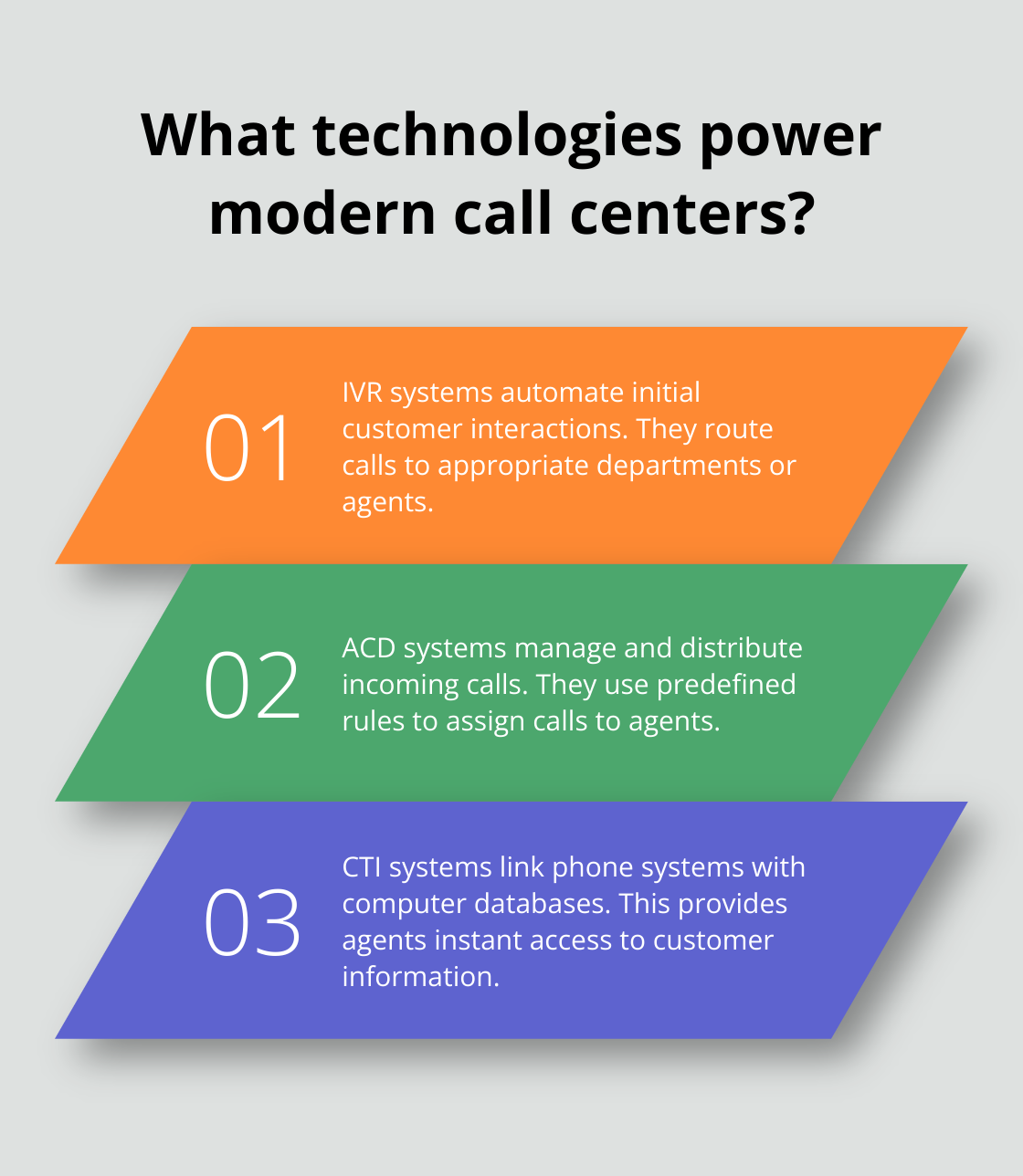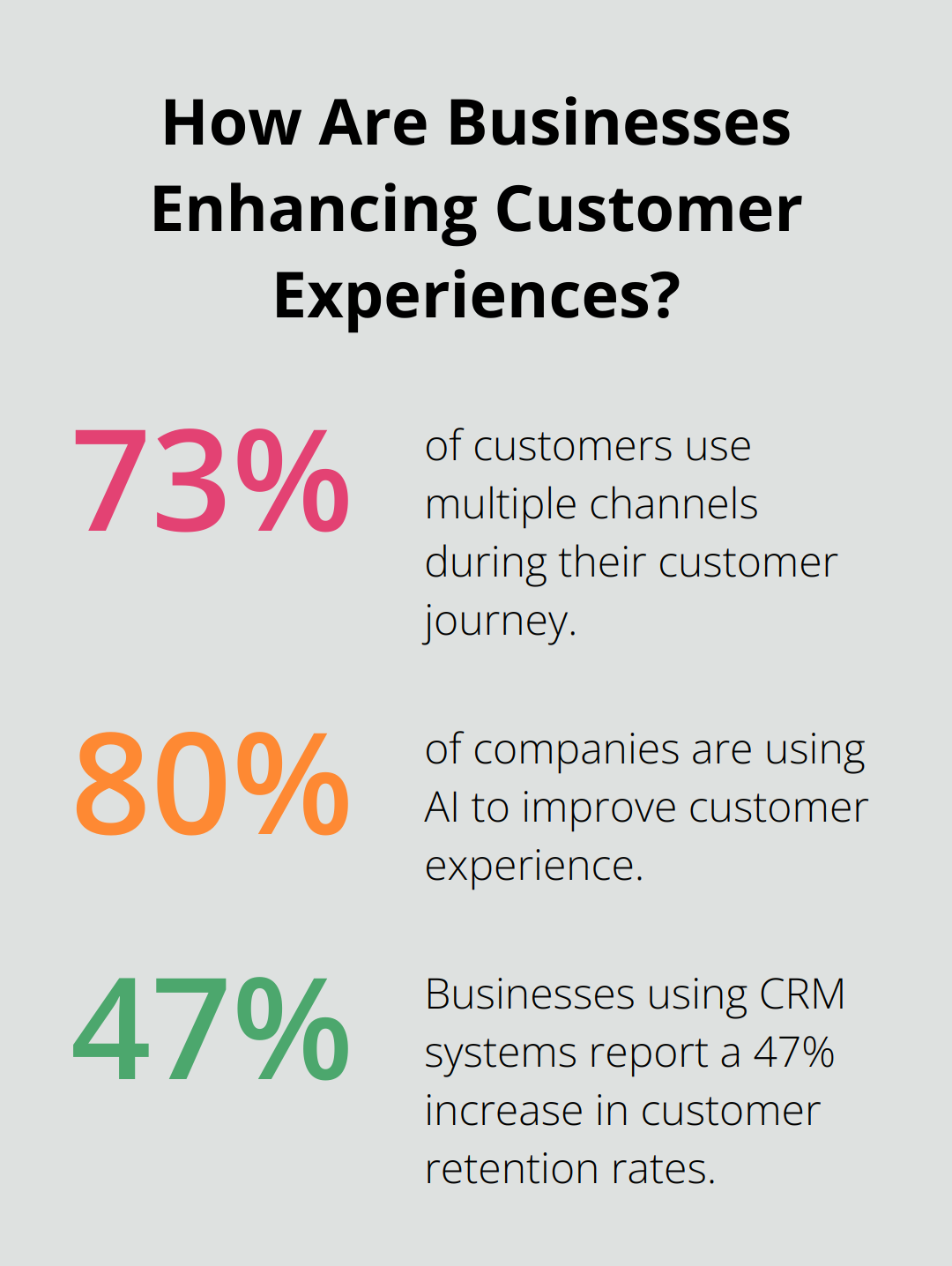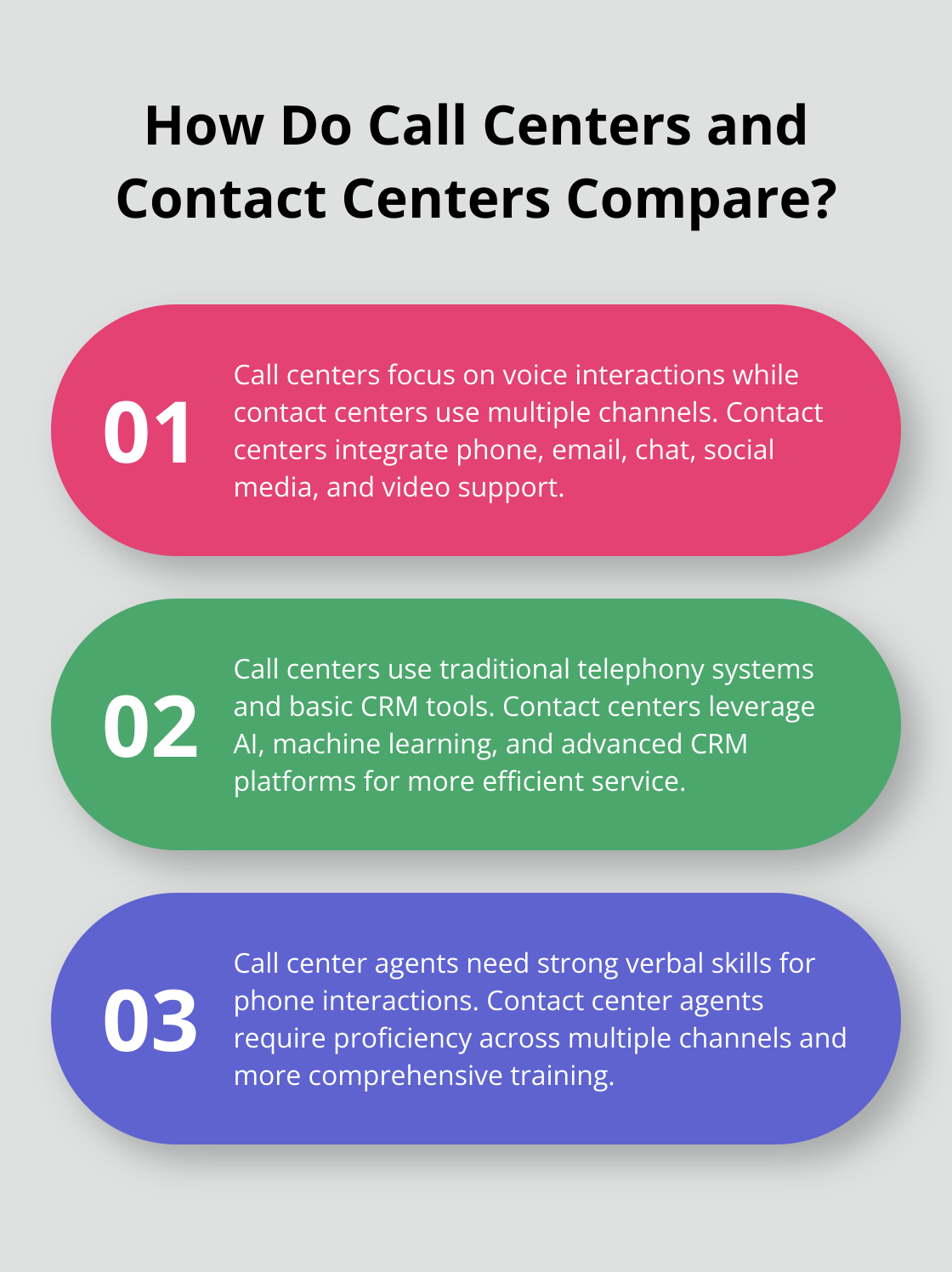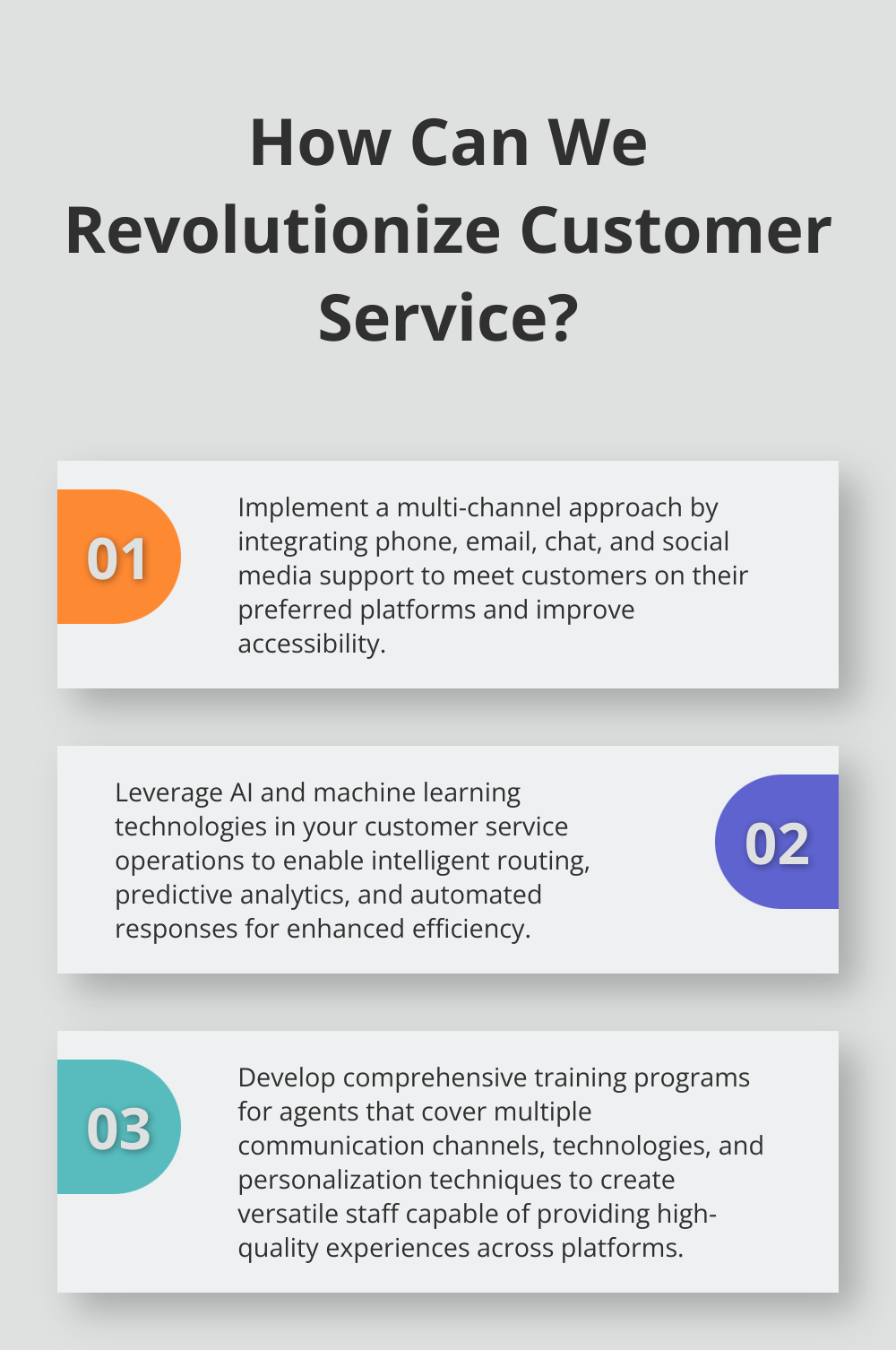At Outsource Consultants, we often field questions about the differences between call centers and contact centers. While these terms are frequently used interchangeably, they represent distinct approaches to customer service. Understanding their differences is crucial in selecting the best solution for your business.
What Is a Call Center?
A call center is a centralized operation that handles high volumes of customer interactions primarily via phone calls. These centers serve as the frontline for customer service, sales, and support.
Core Functions of Call Centers
Call centers focus on managing inbound and outbound calls:
- Inbound Call Centers: Handle customer inquiries, complaints, and support requests.
- Outbound Call Centers: Conduct telemarketing, sales calls, and customer surveys.
- Blended Call Centers: Manage both inbound and outbound calls for greater efficiency.
Despite the rise of digital channels, phone support remains a preferred method for resolving complex customer issues.
Key Technologies in Call Centers
Modern call centers rely on various technologies to enhance efficiency:
- Interactive Voice Response (IVR): Automates initial customer interactions and routes calls.
- Automatic Call Distributor (ACD): Directs calls based on predefined rules.
- Computer Telephony Integration (CTI): Links phone systems with databases for better agent support.
- Call Recording & Monitoring: Supports quality assurance and agent training.
- Workforce Management Software: Helps forecast call volumes and optimize staffing.
Limitations of Traditional Call Centers
While effective for voice-based support, traditional call centers face challenges such as:
- Limited communication channels beyond phone calls.
- Difficulty in providing personalized customer experiences.
- Scalability issues during peak periods.
- Lack of seamless integration with digital platforms.
As customer expectations evolve, businesses need to consider more comprehensive solutions that go beyond traditional call center functionalities. This brings us to the concept of contact centers, which offer a more versatile and customer-centric approach to managing interactions.

What Is a Contact Center?
A contact center is the evolution of the traditional call center, offering a multi-channel approach to customer interactions. Instead of relying solely on voice calls, contact centers integrate various communication methods.
The Multi-Channel Advantage
Unlike call centers, contact centers support multiple communication channels:
- Phone
- Live Chat
- Social Media
- SMS
- Video Calls
A Salesforce study reveals that 73% of customers use multiple channels throughout their journey, underscoring the importance of an omnichannel approach.

Advanced Technologies Powering Contact Centers
Contact centers leverage cutting-edge technologies to enhance customer experiences:
- Artificial Intelligence (AI) & Machine Learning (ML): Improve automation and self-service options.
- Customer Relationship Management (CRM) Systems: Provide agents with a 360-degree view of customer interactions.
- Omnichannel Orchestration: Ensures seamless communication across all touchpoints.
- Data Analytics & Insights: Identifies customer trends and predicts future needs.
- Workforce Optimization Tools: Enhance scheduling and performance tracking.Contact centers excel in gathering and analyzing customer data across multiple touchpoints. This wealth of information allows businesses to gain deeper insights into customer behavior, preferences, and pain points. Advanced analytics tools can process this data to identify trends, predict customer needs, and inform strategic decisions. Companies without advanced analytics are leaving significant customer-service improvements on the table.
Benefits of a Contact Center Model
- Scalability: Easily adapt to changing customer demands.
- Flexibility: Offer customer support through their preferred channels.
- Personalization: AI-powered tools help tailor interactions.
- Data-Driven Decisions: Advanced analytics provide actionable insights.
With 80% of companies using AI to enhance CX (Gartner, 2023), contact centers are becoming the preferred model for businesses looking to provide seamless and personalized experiences. The versatility and technological sophistication of contact centers play an increasingly important role in maintaining competitive advantage and fostering customer loyalty. As we move forward, it’s essential to understand the key differences between call centers and contact centers to make informed decisions about customer service strategies.
How Do Call Centers and Contact Centers Differ?
Communication Channels
The primary distinction between call centers and contact centers lies in their communication channels. Call centers focus exclusively on voice interactions, limiting customer engagement to phone calls. Contact centers, however, adopt a multi-channel approach. They integrate phone, email, chat, social media, and video support. This diversity allows businesses to interact with customers on their preferred platforms, enhancing accessibility and convenience.
Customer journey mapping can help tell the story of your customers’ experiences with your brand across all touchpoints. This highlights the importance of offering varied communication options. Businesses still relying solely on call centers have a significant opportunity to expand their reach and improve customer satisfaction by transitioning to a contact center model.
Technology and Infrastructure
Call centers and contact centers differ markedly in their technological infrastructure. Call centers typically rely on traditional telephony systems, often supplemented by basic customer relationship management (CRM) tools. Contact centers leverage advanced technologies like artificial intelligence (AI), machine learning, and sophisticated CRM platforms to provide more comprehensive and efficient service.

Gartner predicts that by 2025, 80% of customer service and support organizations will be applying generative AI technology in some form. This AI adoption enables features like intelligent routing, predictive analytics, and automated responses, which significantly enhance operational efficiency and customer satisfaction.
Agent Skills and Training
The skill set required for agents in call centers versus contact centers varies considerably. Call center agents primarily need strong verbal communication skills and the ability to handle phone interactions effectively. Contact center agents must be proficient across multiple channels, requiring a broader skill set that includes written communication, social media etiquette, and the ability to multitask across platforms.
Training programs for contact center agents are typically more comprehensive, covering a wider range of technologies and communication styles. This expanded training often results in more versatile agents capable of providing higher quality, personalized customer experiences across various channels.
Scalability and Flexibility
Contact centers offer greater scalability and flexibility compared to traditional call centers. With their multi-channel approach, contact centers can more easily adjust to fluctuations in customer demand across different platforms. This adaptability allows businesses to allocate resources more efficiently and respond to customer needs more effectively.
Call centers, with their focus on voice interactions, may struggle to scale quickly during peak periods or adapt to sudden shifts in customer communication preferences. Contact centers, on the other hand, can quickly pivot to meet changing customer needs by leveraging their diverse communication channels and advanced technologies.
Data Analytics and Customer Insights
Contact centers excel in gathering and analyzing customer data across multiple touchpoints. This wealth of information allows businesses to gain deeper insights into customer behavior, preferences, and pain points. Advanced analytics tools can process this data to identify trends, predict customer needs, and inform strategic decisions.
Call centers, while still capable of collecting valuable data, are limited to voice interaction insights. This narrower scope of data collection can result in a less comprehensive understanding of customer needs and behaviors compared to the multi-faceted insights provided by contact centers.
Call Centers vs. Contact Centers: Key Differences
| Feature | Call Center | Contact Center |
|---|---|---|
| Primary Channel | Phone | Multi-channel (phone, email, chat, social media, SMS, video) |
| Technology | IVR, ACD, CTI | AI, CRM, omnichannel platforms, analytics |
| Customer Experience | Transactional, limited personalization | Personalized, omnichannel experience |
| Scalability | Limited | Highly scalable |
| Data Collection | Call-based analytics | Comprehensive customer insights across multiple channels |
Choosing the Right Model for Your Business
The best choice depends on your business needs:
- Call Centers are ideal for companies that handle a high volume of voice interactions and need efficient, phone-based support.
- Contact Centers are better suited for businesses prioritizing customer engagement across multiple digital channels, seeking AI-powered automation, and aiming to provide seamless omnichannel experiences.
Future Trends in Customer Service
Customer service technology is rapidly evolving, with AI-driven chatbots, predictive analytics, and omnichannel integration becoming essential. Gartner predicts that by 2025, 80% of customer service organizations will use generative AI in some form. Businesses that embrace these advancements will gain a competitive edge.
Partner with Outsource Consultants for Expert Guidance
Navigating the complexities of customer experience solutions can be challenging. At Outsource Consultants, we help businesses transition from call centers to contact centers and optimize their customer service strategies.
Whether you want to enhance your phone support, implement AI-powered customer service, or build a seamless omnichannel strategy, our team provides expert guidance tailored to your needs.
Get in Touch
Contact Outsource Consultants today to discover the best CX solution for your business.

Frequently Asked Questions (FAQs)
What is the main difference between a call center and a contact center?
A call center focuses on phone-based interactions, while a contact center integrates multiple communication channels, including email, chat, and social media.
Which businesses benefit most from contact centers?
Companies seeking enhanced customer engagement, AI-driven automation, and data analytics benefit the most from contact centers.
Can a business transition from a call center to a contact center?
Yes, many businesses are shifting to contact centers to provide a more comprehensive and personalized customer experience.
How do AI and automation improve contact centers?
AI-powered tools enable chatbots, predictive analytics, and intelligent routing, reducing wait times and improving efficiency.
How can Outsource Consultants help optimize customer service solutions?
We provide expert guidance in call center optimization, AI-powered automation, and omnichannel integration, helping businesses enhance customer satisfaction and operational efficiency.






